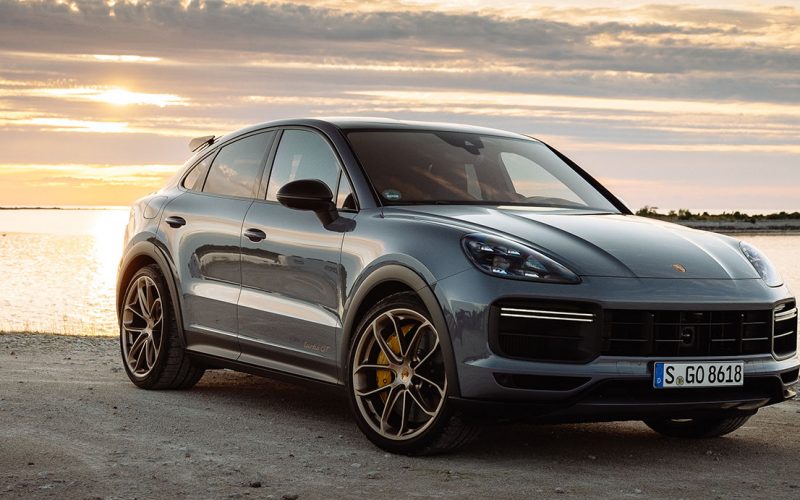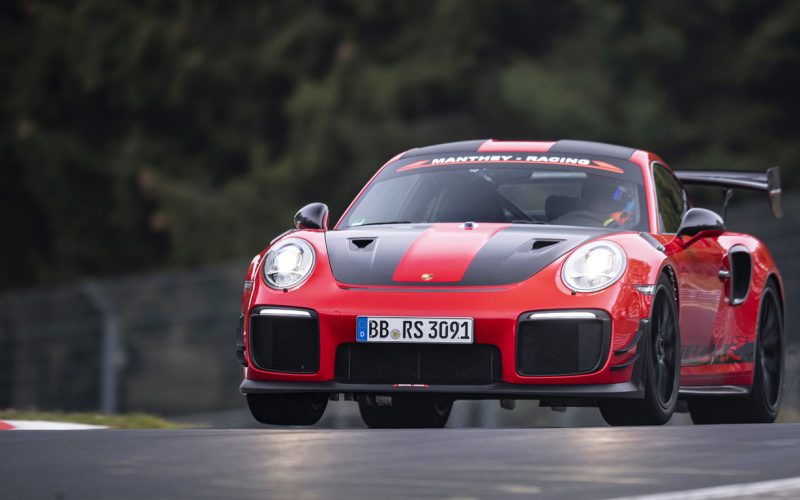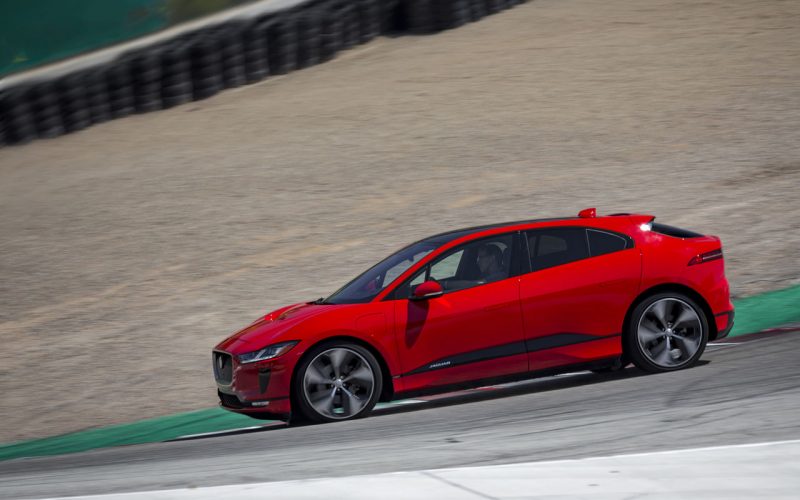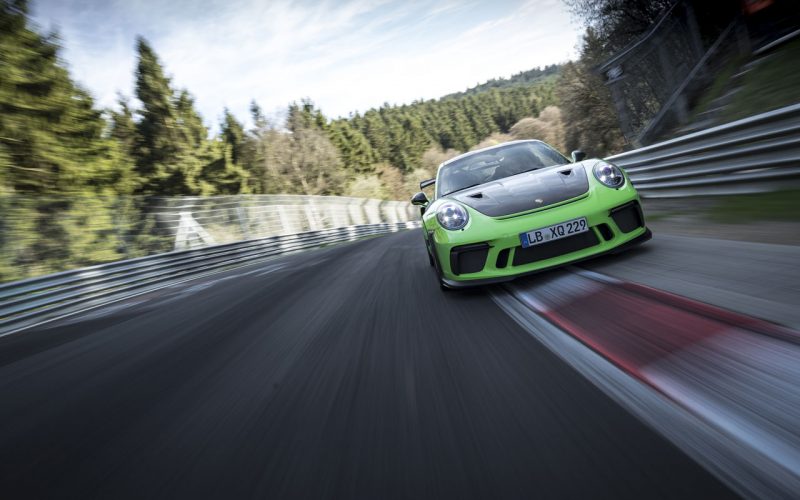
Reading Time: 6 minutesWith a maximum of 631 horsepower, the new Cayenne Turbo GT isn’t the most powerful super-SUV

Reading Time: 4 minutesThis isn’t the first time a street-legal Porsche broke a lap record on the famed Nürburgring-Norschleife,

Reading Time: 5 minutesSilence is golden, and in the case of the inherently quiet Jaguar I-Pace it’s also very

Reading Time: 5 minutesFor many automotive enthusiasts a lap around the famed Nürburgring Nordschleife racetrack is a top-10 bucket
© 2025 The Car Magazine. All Rights Reserved, Privacy Policy | Terms of Use